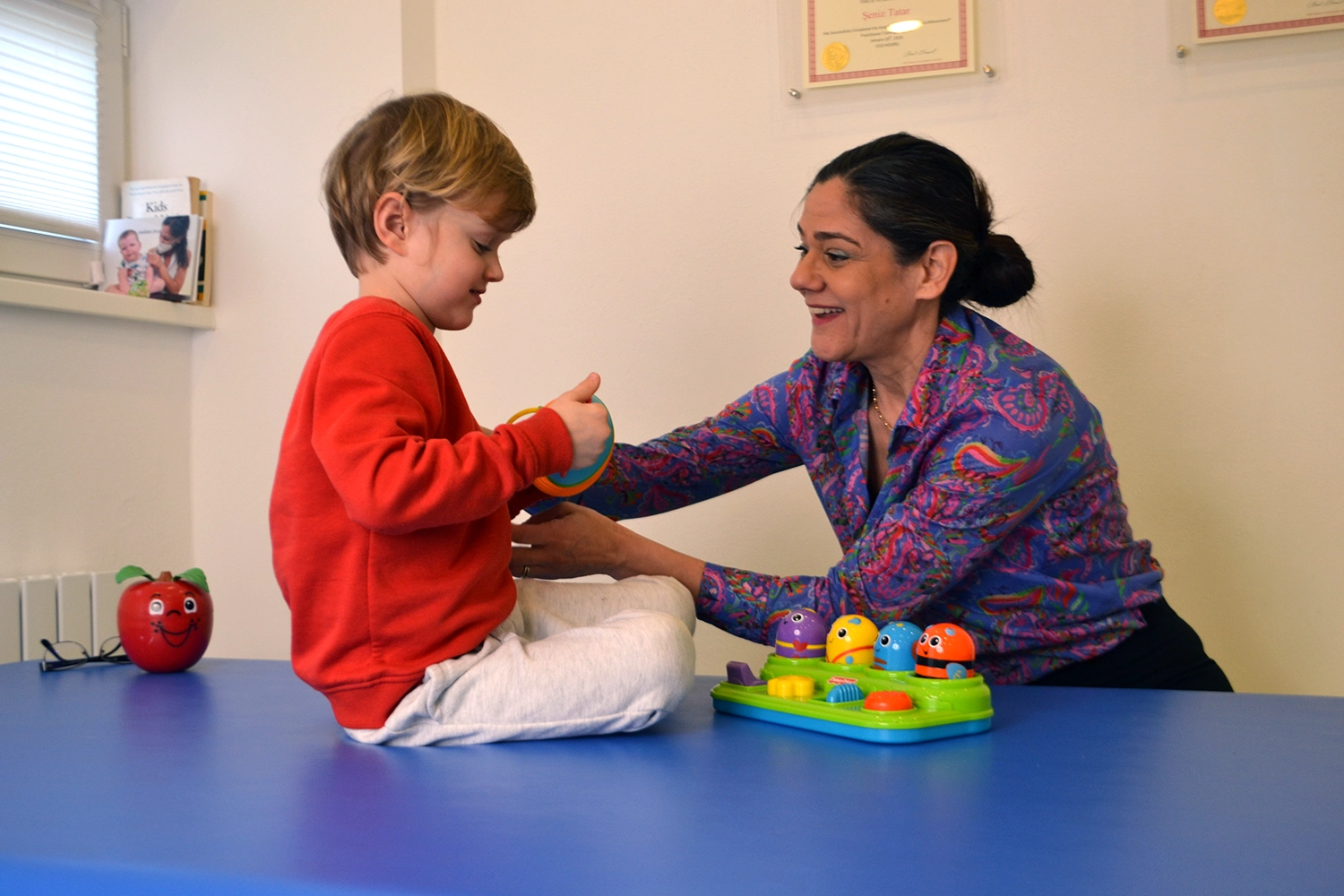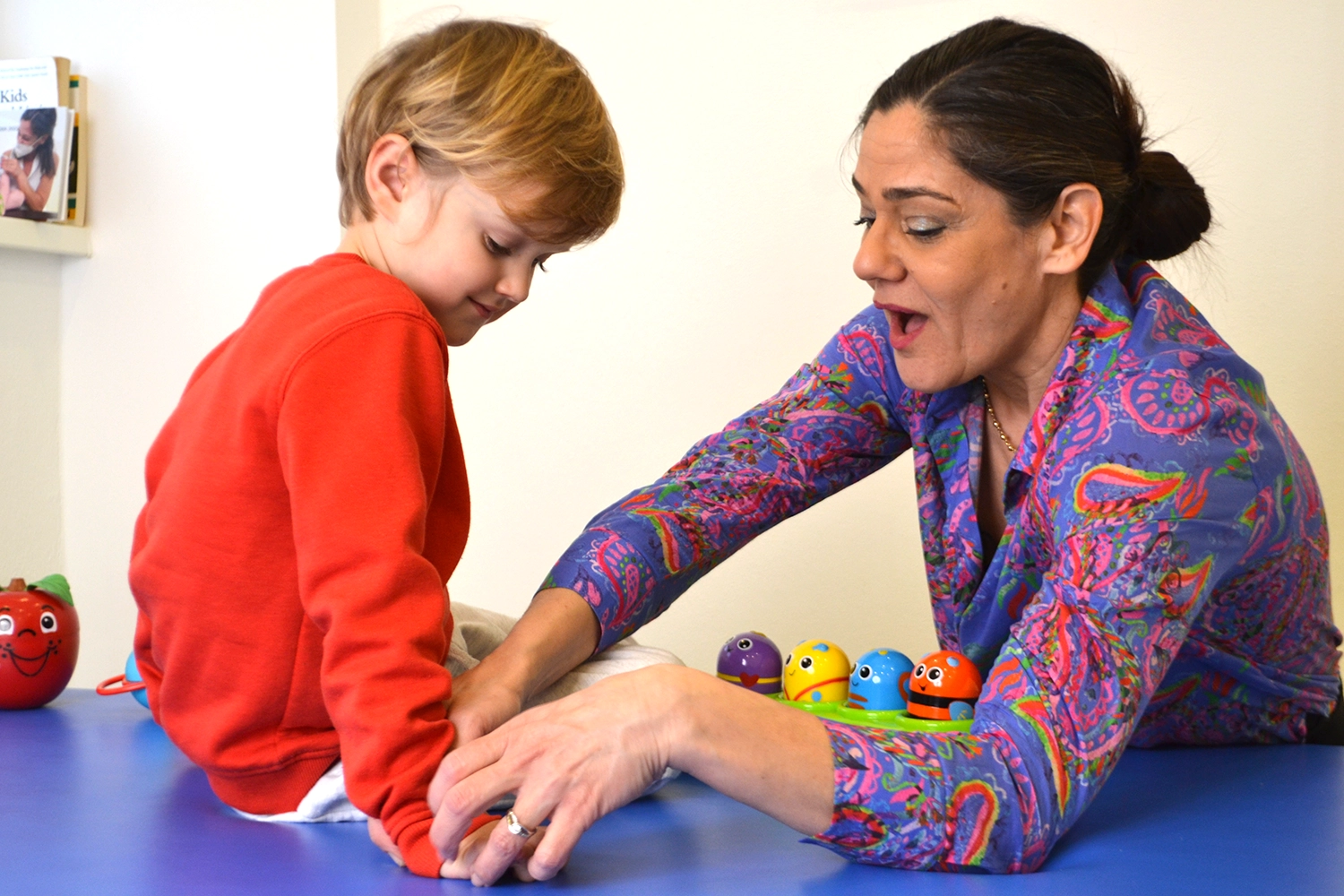Who is Anat Baniel?
Anat Baniel is a clinical psychologist, author, and founder of the Anat Baniel Method® (ABM) / NeuroMovement®, an innovative approach to enhancing brain function and facilitating physical and mental development. Her work is rooted in the principles of neuroplasticity, the brain’s ability to change and adapt throughout life.
Early Life and Education: Anat initially trained as a clinical psychologist and dancer. She developed an interest in the mind-body connection and the potential for movement to influence the brain.
Training with Dr. Moshe Feldenkrais: Anat studied extensively under Dr. Moshe Feldenkrais, a pioneer in the field of movement education. Feldenkrais’s work on functional movement and awareness significantly influenced her approach.

Work and Contributions
Focus on Brain Plasticity: Anat Baniel’s work emphasizes using movement and awareness to tap into the brain’s natural ability to form new neural connections, promoting healing and development.
Books by Anat Baniel
Move Into Life : The Nine Essentials for Lifelong Vitality” (2009): This book introduces readers to the core principles of NeuroMovement and how to use them to enhance vitality and brain health.


The 9 Essentials of Positive Brain Change
The Nine Essentials are the brain’s requirements for waking up the brain to do its job well. Each Essential helps the brain create new connections and avoid the rigidity of limiting patterns and habits. The 9 Essentials open up delightful, and often surprising, new possibilities.
Nine Essentials:
Nine Essentials:
Scientific Foundations
Neuroplasticity Research: Extensive studies have demonstrated the brain’s capacity to change and adapt in response to new experiences and learning. This foundational concept underpins the techniques employed in Anat Baniel Method® (ABM) / NeuroMovement®.
Why Do Leading Experts Like Dr. Michael Merzenich, Dr. Jill Bolte Taylor, Dr. Martha Herbert, Dr. Norman Doidge, and Others Advocate for Anat Baniel, Her Work, and Her Method? Please click the link to learn more.
Why Do Leading Experts Like Dr. Michael Merzenich, Dr. Jill Bolte Taylor, Dr. Martha Herbert, Dr. Norman Doidge, and Others Advocate for Anat Baniel, Her Work, and Her Method? Please click the link to learn more.
How It Works ?
ABM uses movement and awareness techniques to stimulate the brain’s learning capacity. Sessions can beconducted one-on-one or in group settings, tailored to individual needs.
Movement is the key to unlocking your brain’s potential for positive transformation. No matter your age or ability, you can benefit from this approach. Explore the topics below to discover more:
Movement is the key to unlocking your brain’s potential for positive transformation. No matter your age or ability, you can benefit from this approach. Explore the topics below to discover more:

Children with Special Needs
Empower your child to reach their full learning potential. Turn challenges into possibilities and help them experience joy, hope, and a fulfilling life.

Anti-Aging and Wellness
Restore your mental and physical vitality. Regain flexibility, strength, and energy to live a vibrant and fulfilling life at any age.

Natural Pain Relief
Break free from pain and limitations using the power of your brain. Our safe, natural programs will help you embrace a life of freedom and comfort.

Rehabilitation & Recovery of Function
Surpass the limits of recovery and reclaim your mobility. Experience transformation in conditions such as strokes, brain injuries, PTSD, and more.

Whole Brain & Body Fitness
Achieve harmony between your mind and body, improving strength, coordination, and self-awareness for a healthier, balanced life.

High Performance
Unleash the full potential of your brain. Whether you’re an athlete, artist, or leader, elevate your performance to the highest level.



